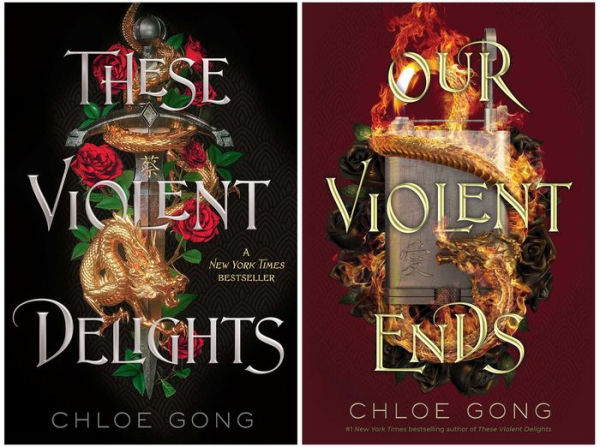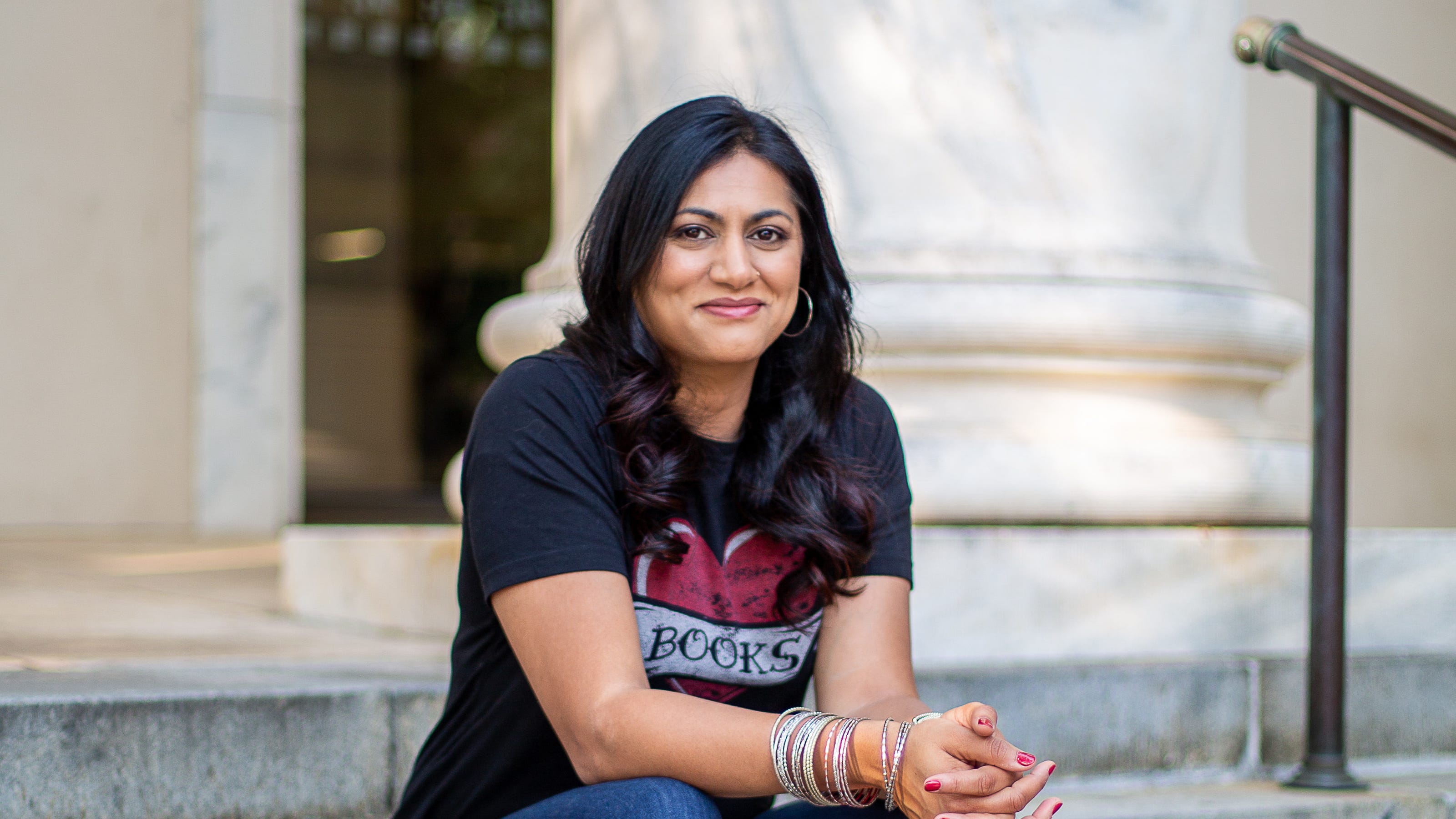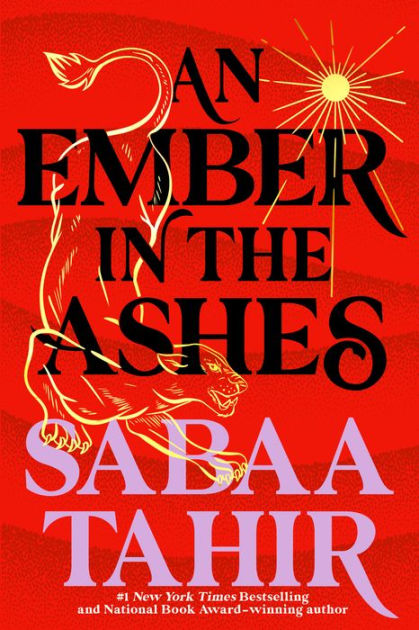Authors I Think Everyone Should Read – pt. 2
Chloe Gong:

Chloe Gong is one of my all time favorite authors (and was my gay awakening, but anyway). Born in Shanghai and raised in Auckland, she has already built an accomplished career in the few years since her career started. Beginning in November of 2020, in less than 2 years she has released 3 books and been included in 3 anthologies at only 23. She will be making her adult debut in July 2023. By 2025, she will have released 7 books, been included in 5 anthologies, and 2 novellas (linking her two young adult series together). Her first and second books were written while she was attending University of Pennsylvania to get a double major in English and International Relations. 
Her first book, These Violent Delights, was released November 17, 2020, and was immediately a hit, skyrocketing her to a #1 New York Times bestselling author. Set in 1926 Shanghai, These Violent Delights is a much needed modern retelling of Shakespeare’s Romeo and Juliet. While I have not read the play in full, I will say that Gong’s fantastical retelling of the story makes the original (at least the parts that I’ve read) seem obsolete. The novel follows Juliette Cai, the heir of the Scarlet Gang, and her reluctant partnership with the heir of the White Flowers (the only gang who can compete with the Scarlets), Roma Montagov. The two were the other’s first love, and betrayed one another, the baggage making their partnership difficult. However, the two have no choice but to work together to save their gang members. Gangsters all around Shanghai start dying after having ripped their own throats out from a deadly contagion (inspired by 2020’s very own pandemic). Told in a duology (sequel: Our Violent Ends)

Her other released book, also set in Shanghai but in 1931, Foul Lady Fortune (which I have not read) is about an assassin, Rosalind Lang, who cannot die or age (or sleep but sleep is overrated anyway). She is tasked with infiltrating the Japanese Imperial Army and Japanese Society to help save her country, especially with a series of murders likely committed by the Japanese. In her infiltration, she must pose as the wife of another spy. Orion Hong infuriates Rosalind, but she will work with him to do her job. As they continue their plight, the two uncover more dark secrets and uncover more layers than they ever could have expected.
/cloudfront-ap-southeast-2.images.arcpublishing.com/nzme/IS73SVHEQ36ITEVJJJHHVJESKM.jpg)
Sabaa Tahir:

Sabaa Tahir is a Pakistani-American author who has written 5 books, 2 graphic novels, and been included in 2 anthologies. She started her career in 2015 and has earned several awards for her work, including becoming a #1 New York Times bestselling author. She started her career before that as a newspaper editor and wrote her first book while doing that.

An Ember in the Ashes, her first novel, is a young adult novel. Inspired by ancient Rome, the Martial Empire forces those living under them into submission. Laia and her family live in the backstreets of the Empire, staying out of the way and not challenging the Empire out of fear for their lives. Out of nowhere, her older brother is arrested for treason. In response, Laia turns to the rebellion that her parents had been a part of, and makes a deal. She would spy for the rebellion in return for their help in freeing her brother. She poses as a slave at the Empire’s military academy, where she meets Elias, the top student at the academy. However, despite his high standing, he wants nothing more than to be free from the Empire. Together, the two begin a journey that will change the Empire as a whole. 4 out of 5 of her books are part of this series, and both graphic novels serve as prequels (one about Elias and the other about Laia). Her last novel, All My Rage, is a contemporary YA novel that is clearly inspired by Tahir’s own life.




























